RObotic surgery
Robotic surgery, or robotic-assisted surgery is a form of minimally invasive surgery where the doctor performs complex procedures via small incisions. The robotic surgical system is a tool that includes a camera and mechanical arms with surgical instruments attached to them. The surgeon sits at a console near the operating table where they have a high-definition, magnified, 3D view of the surgical site. For the surgeon the robotic system enhances precision, dexterity and better vision compared to traditional techniques.
The advantages of robotic surgery to the patient are less pain and blood loss, faster recovery, smaller scars and fewer complications such as surgical site infections.
Results with open and robotic surgery are dependent on the surgeon and their expertise. Dr Niero has undertaken a two year high volume robotic fellowship at one of the world’s premier minimally invasive centres in the world.
Prostate surgery
Radical prostatectomy
For prostate cancer. Removing the entire prostate gland and draining lymph nodes. Associated with less blood loss, faster recovery including continence and erectile function.
Simple prostatectomy
For benign prostatic enlargement. Removing the internal component of the prostate gland to allow for improved urinary flow.
Salvage lymph node dissection
For recurrent lymph node metastases. For select group of patients lymph node only recurrent prostate cancer has been shown to delay additional therapy.
Salvage prostatectomy
For recurrent prostate cancer in the prostate gland who have had other treatment to the prostate such as radiotherapy, HIFU, etc.
Kidney surgery
Partial nephrectomy
For kidney cancer. Removing the kidney cancer and preserving the remaining normal kidney. Aim to minimise impact on renal function.
Nephro-ureterectomy
For urothelial carcinoma of the urinary tract. Removing the kidney and entire ureter.
Pyeloplasty
For pelvic ureteric junction obstruction. Excision of the narrow/adynamic segment between the renal pelvis ureter. They are then rejoined together to allow better drainage.
Bladder surgery
Radical cystectomy and intracorporeal urinary diversion
For bladder cancer. Removing the bladder and draining lymph nodes. The urinary reservoir is reconstructed with small intestine robotically.
Diverticulectomy
For out-pouching of the bladder. This redundant section of bladder is excised before reconstructed.
Ureteric reimplantation
For urothelial carcioma of the ureter or narrowing (eg stricture). The diseased section of the ureter is excised and rejoined back to bladder.
Adrenal surgery
Adrenalectomy
For adrenal cancer or an over-active adrenal gland. The entire or part of the adrenal gland is removed.


